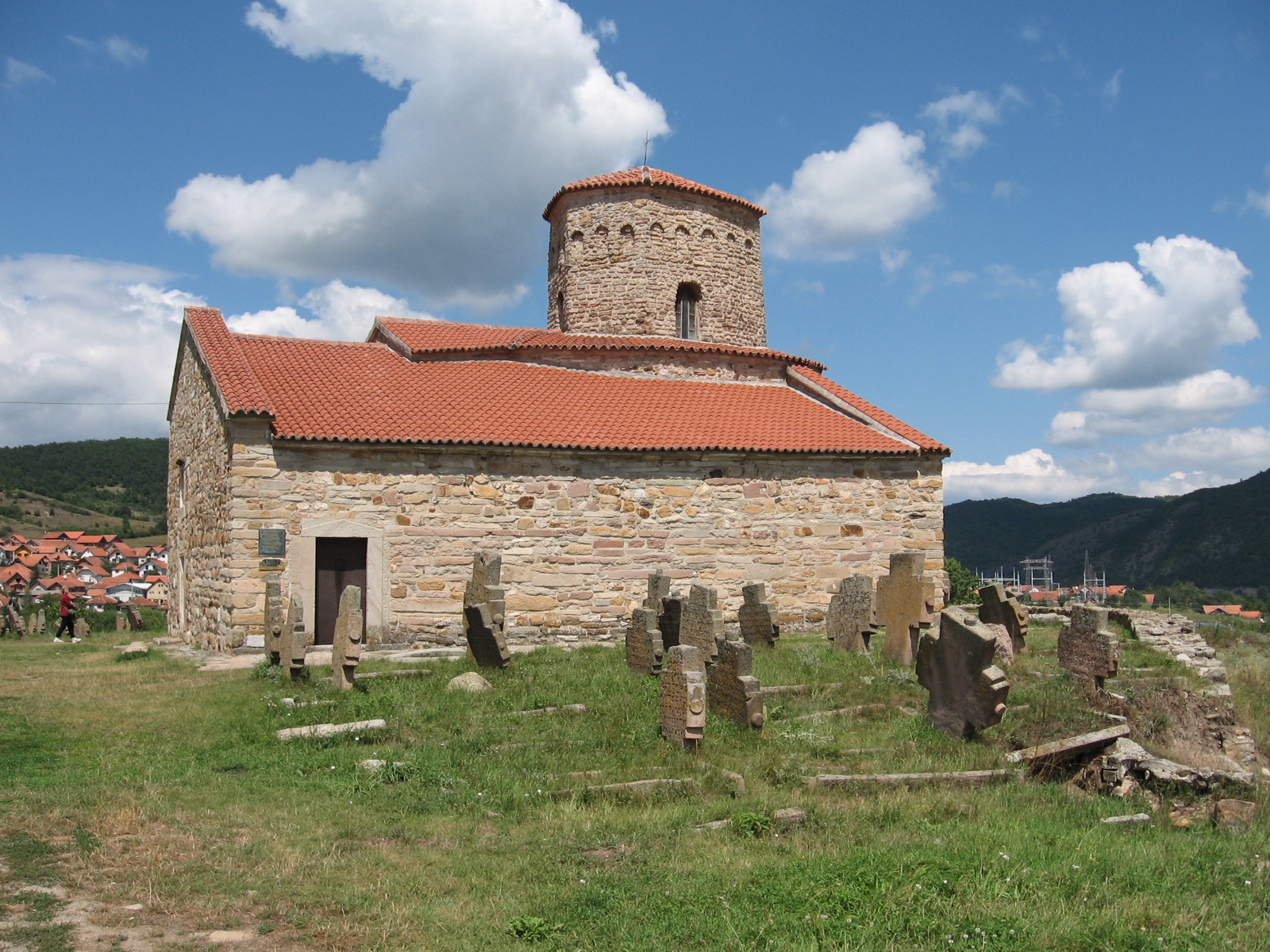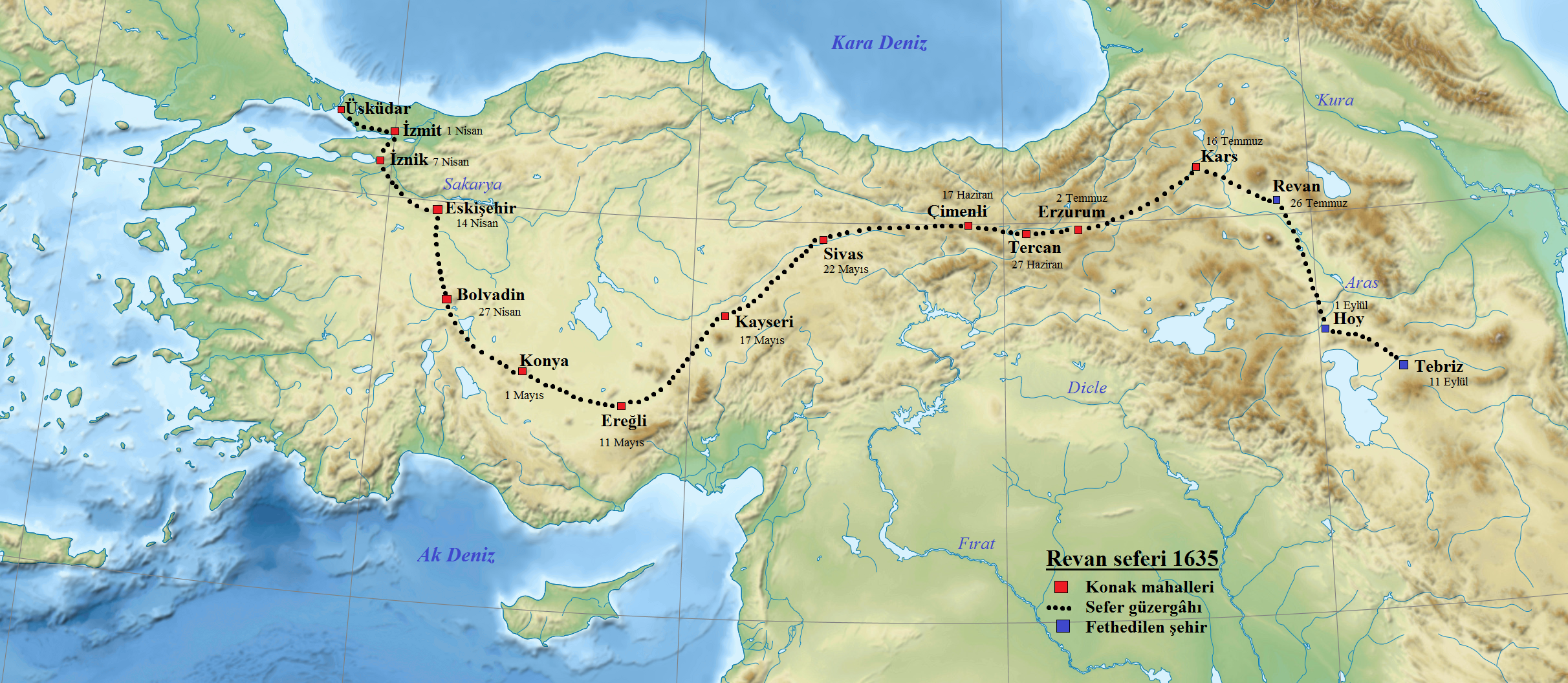|
Nergisî
Nergisî, fully known as Nergiszade Mehmed Efendi ( – 1635), was an Ottoman writer, calligrapher and official of the 17th century. He is considered to be one of the best writers of '' inşa'' (stylistic prose) in Ottoman literature. Education and career Nergisî was born in Saraybosna (modern-day Sarajevo) in Ottoman Bosnia. His date of birth has not been documented clearly, but literary historians have discerned from his works that he must have been born between 1580 and 1585. After receiving his basic education in Saraybosna, he went to Constantinople, attending madrasa classes delivered by Kafzade Feyzullah Efendi, who taught him the art of calligraphy in the '' thuluth'', '' taliq'' and '' naskh'' styles. He eventually had to drop out of education due to the financial difficulties caused by the death of his father, instead becoming an apprentice of Feyzullah Efendi and ending up as a ''müderris'' initially, and assisting with the tasks of '' kadi''s (judges). Eventuall ... [...More Info...] [...Related Items...] OR: [Wikipedia] [Google] [Baidu] |
Novi Pazar
Novi Pazar ( sr-cyr, Нови Пазар, lit. "New Bazaar"; ) is a city located in the Raška District of southwestern Serbia. As of the 2011 census, the urban area has 66,527 inhabitants, while the city administrative area has 100,410 inhabitants. The city is the cultural center of the Bosniaks in Serbia and the region of Sandžak. A multicultural area of Muslims and Orthodox Christians, many monuments of both religions, like the Altun-Alem Mosque and the Church of the Holy Apostles Peter and Paul, are found in the region which has a total of 30 protected monuments of culture. Name During the 14th century under the old Serbian fortress of Stari Ras, an important market-place named ''Trgovište'' started to develop. By the middle of the 15th century, in the time of the final Ottoman Empire conquest of Old Serbia, another market-place was developing some 11 km to the east. The older place became known as ''Staro Trgovište'' (Old Trgovište, tr, Eski Pazar) and the younge ... [...More Info...] [...Related Items...] OR: [Wikipedia] [Google] [Baidu] |
Saadi Shirazi
Saadi Shīrāzī ( fa, ابومحمّد مصلحالدین بن عبدالله شیرازی), better known by his pen name Saadi (; fa, سعدی, , ), also known as Sadi of Shiraz (, ''Saʿdī Shīrāzī''; born 1210; died 1291 or 1292), was a Persian poet and prose writer of the medieval period. He is recognized for the quality of his writings and for the depth of his social and moral thoughts. Saadi is widely recognized as one of the greatest poets of the classical literary tradition, earning him the nickname "The Master of Speech" or "The Wordsmith" ( ''ostâd-e soxan'') or simply "Master" ( ''ostâd'') among Persian scholars. He has been quoted in the Western traditions as well. '' Bustan'' has been ranked as one of the 100 greatest books of all time by ''The Guardian''. Biography Saadi was born in Shiraz, Iran, according to some, shortly after 1200, according to others sometime between 1213 and 1219. In the Golestan, composed in 1258, he says in lines evidently addr ... [...More Info...] [...Related Items...] OR: [Wikipedia] [Google] [Baidu] |
Namık Kemal
Namık Kemal (21 December 1840 – 2 December 1888) was an Ottoman Empire, Ottoman Democracy, democrat, writer, intellectual, reformer, journalist, playwright, and Political activism, political activist who was influential in the formation of the Young Ottomans and their struggle for governmental reform in the Ottoman Empire during the late Tanzimat period, which would lead to the First Constitutional Era in the Empire in 1876. Kemal was particularly significant for championing the notions of freedom and fatherland in his numerous plays and poems, and his works would have a powerful impact on the establishment of and future reform movements in Turkey, as well as other former Ottoman lands. He is often regarded as being instrumental in redefining Western concepts like Natural and legal rights, natural rights and Constitution, constitutional government. Early years An Ottoman Turks, Ottoman Turkish citizen, Namık Kemal was born in Tekirdağ (then part of the Ottoman Empire, tod ... [...More Info...] [...Related Items...] OR: [Wikipedia] [Google] [Baidu] |
Tanzimat
The Tanzimat (; ota, تنظيمات, translit=Tanzimāt, lit=Reorganization, ''see'' nizām) was a period of reform in the Ottoman Empire that began with the Gülhane Hatt-ı Şerif in 1839 and ended with the First Constitutional Era in 1876. The Tanzimat era began with the purpose, not of radical transformation, but of modernization, desiring to consolidate the social and political foundations of the Ottoman Empire. It was characterised by various attempts to modernise the Ottoman Empire and to secure its territorial integrity against internal nationalist movements and external aggressive powers. The reforms encouraged Ottomanism among the diverse ethnic groups of the Empire and attempted to stem the tide of the rise of nationalism in the Ottoman Empire. Historian Hans-Lukas Kieser has argued that the reforms led to "the rhetorical promotion of equality of non-Muslims with Muslims on paper vs. the primacy of Muslims in practice"; other historians have argued that the ability ... [...More Info...] [...Related Items...] OR: [Wikipedia] [Google] [Baidu] |
Loanword
A loanword (also loan word or loan-word) is a word at least partly assimilated from one language (the donor language) into another language. This is in contrast to cognates, which are words in two or more languages that are similar because they share an etymological origin, and calques, which involve translation. Loanwords from languages with different scripts are usually transliterated (between scripts), but they are not translated. Additionally, loanwords may be adapted to phonology, phonotactics, orthography, and morphology of the target language. When a loanword is fully adapted to the rules of the target language, it is distinguished from native words of the target language only by its origin. However, often the adaptation is incomplete, so loanwords may conserve specific features distinguishing them from native words of the target language: loaned phonemes and sound combinations, partial or total conserving of the original spelling, foreign plural or case forms or indecli ... [...More Info...] [...Related Items...] OR: [Wikipedia] [Google] [Baidu] |
Ottoman Turkish
Ottoman Turkish ( ota, لِسانِ عُثمانى, Lisân-ı Osmânî, ; tr, Osmanlı Türkçesi) was the standardized register of the Turkish language used by the citizens of the Ottoman Empire (14th to 20th centuries CE). It borrowed extensively, in all aspects, from Arabic and Persian, and its speakers used the Ottoman Turkish alphabet for written communication. During the peak of Ottoman power (), words of foreign origin in Turkish literature in the Ottoman Empire heavily outnumbered native Turkish words, with Arabic and Persian vocabulary accounting for up to 88% of the Ottoman vocabulary in some texts.''Persian Historiography & Geography''Pustaka Nasional Pte Ltd p 69 Consequently, Ottoman Turkish was largely unintelligible to the less-educated lower-class and to rural Turks, who continued to use ("raw/vulgar Turkish"; compare Vulgar Latin and Demotic Greek), which used far fewer foreign loanwords and is the basis of the modern standard. The Tanzimât era (1839–1876) ... [...More Info...] [...Related Items...] OR: [Wikipedia] [Google] [Baidu] |
Magnum Opus
A masterpiece, ''magnum opus'' (), or ''chef-d’œuvre'' (; ; ) in modern use is a creation that has been given much critical praise, especially one that is considered the greatest work of a person's career or a work of outstanding creativity, skill, profundity, or workmanship. Historically, a "masterpiece" was a work of a very high standard produced to obtain membership of a guild or academy in various areas of the visual arts and crafts. Etymology The form ''masterstik'' is recorded in English or Scots in a set of Aberdeen guild regulations dated to 1579, whereas "masterpiece" is first found in 1605, already outside a guild context, in a Ben Jonson play. "Masterprize" was another early variant in English. In English, the term rapidly became used in a variety of contexts for an exceptionally good piece of creative work, and was "in early use, often applied to man as the 'masterpiece' of God or Nature". History Originally, the term ''masterpiece'' referred to a piece of ... [...More Info...] [...Related Items...] OR: [Wikipedia] [Google] [Baidu] |
Gebze
Gebze (,) is a district in Kocaeli Province, Turkey. It is situated 65 km (30 mi) southeast of Istanbul, on the Gulf of Izmit, the eastern arm of the Sea of Marmara. Gebze is the largest district per population size in the province as of 2020-exceeding İzmit, the provincial capital. Gebze has experienced rapid growth in recent years, from 159,116 residents in 1990 to 392.945 in 2020. Geography The district of Gebze is located in the western portion of Kocaeli Province; with neighbors Körfez to the east; Pendik, Tuzla and Şile in Istanbul to the northwest,west and north respectively; Çayırova and Darıca to the southwest and Dilovası to the southeast. Transport The northern terminus of Osman Gazi Bridge falls within this area; the construction — having a total length of 4 kilometers (with a 1,688-meter main span) — bridges the Sea of Marmara from Kababurun to Dilburnu. The Gebze Metro began construction in 2018 for a 2023 opening. A Marmaray intercontinen ... [...More Info...] [...Related Items...] OR: [Wikipedia] [Google] [Baidu] |
Ottoman–Safavid War (1623–1639)
The Ottoman–Safavid War of 1623–1639 was the last of a series of conflicts fought between the Ottoman Empire and Safavid Empire, then the two major powers of Western Asia, over control of Mesopotamia. After initial Persian success in recapturing Baghdad and most of modern Iraq, having lost it for 90 years, the war became a stalemate as the Persians were unable to press further into the Ottoman Empire, and the Ottomans themselves were distracted by wars in Europe and weakened by internal turmoil. Eventually, the Ottomans were able to recover Baghdad, taking heavy losses in the final siege, and the signing of the Treaty of Zuhab ended the war in an Ottoman victory. Roughly speaking, the treaty restored the borders of 1555, with the Safavids keeping Dagestan, eastern Georgia, Eastern Armenia, and the present-day Azerbaijan Republic, while western Georgia and Western Armenia decisively came under Ottoman rule. The eastern part of Samtskhe (Meskheti) was irrevocably lost to the ... [...More Info...] [...Related Items...] OR: [Wikipedia] [Google] [Baidu] |
Murad IV
Murad IV ( ota, مراد رابع, ''Murād-ı Rābiʿ''; tr, IV. Murad, was the Sultan of the Ottoman Empire from 1623 to 1640, known both for restoring the authority of the state and for the brutality of his methods. Murad IV was born in Constantinople, the son of Sultan Ahmed I (r. 1603–17) and Kösem Sultan. He was brought to power by a palace conspiracy when he was just 11 years old, and he succeeded his uncle Mustafa I (r. 1617–18, 1622–23). Until he assumed absolute power on 18 May 1632, the empire was ruled by his mother, Kösem Sultan, as ''nāʾib-i salṭanat'' (regent). His reign is most notable for the Ottoman–Safavid War, of which the outcome would partition the Caucasus between the two Imperial powers for around two centuries, while it also roughly laid the foundation for the current Turkey–Iran–Iraq borders. Early life Murad IV was born on 27 July 1612 to Ahmed I (reign 16031617) and his consort and later wife Kösem Sultan, an ethnic Greek. Af ... [...More Info...] [...Related Items...] OR: [Wikipedia] [Google] [Baidu] |






